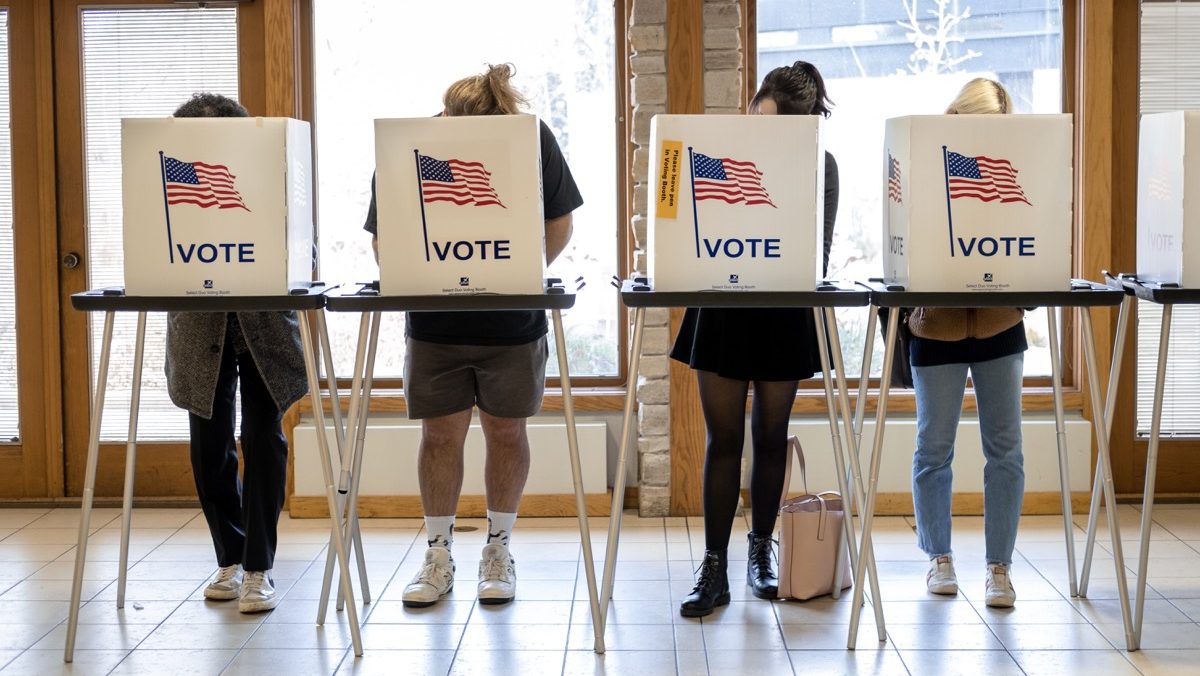What Exactly Is Ranked Choice Voting?

Wake up babe, new democracy just dropped. What is ranked choice voting? Is the savior of government? Or some fresh new political hell? Here’s the scoop:
What is ranked choice voting
Ranking Choice Voting (RCV) also known as Instant Run-off Voting (IRV) is a proposed solution to the voting system. The process is simple.
A voter can saunter into the voting booth and rank the candidates they want in order of how much they want them. In ranked choice, you can vote for candidates in order of preferences: first, second, third and so on. Let’s say the cafeteria is deciding what ice cream to serve. The choices are chocolate, vanilla, strawberry, and pistachio. Team Chocolate is lobbying hard for your vote, but Strawberry made some pretty good points about how it’s actually the best flavor. But in your heart, you want Pistachio to sweep. Vanilla can run again next year. Rather than spend only ONE vote on ONE flavor, you can vote on ALL flavors. Say you rank them 1.Pistachio 2. Strawberry 3. Chocolate 4. Vanilla. Here’s what happens:
If Pistachio were to get over half the votes, then it would win and the other votes would be thrown out. But what if Pistachio doesn’t win? What if none of the candidates get an over 50% majority? Then ranked choice voting comes into play. The candidate with the least amount of support (let’s say it’s Pistachio) is eliminated. So does that mean your vote was worthless? Nope! Your vote now counts towards your second choice of candidate, in this case, Strawberry. If Strawberry is eliminated, then your vote counts towards your third choice of Chocolate.
What are the benefits?
The most significant benefit to Ranked Choice Voting is arguably the elimination of “strategic” voting. With ranked choice voting, you don’t have to worry about your vote being “wasted”. Do you really want Pistachio to win but worry that Team Vanilla will sweep if you throw your vote away on such a dark horse flavor? You might vote for Strawberry to be safe, but it’s not what you really want. With ranked-choice voting, you get the best of both worlds.
There’s also an argument to be made that ranked choice voting makes the true will of the majority clear, rather than giving the win to whatever candidate has the most passionate base. Let’s say Team Chocolate ALWAYS votes Chocolate, but the other flavor teams sometimes switch allegiance depending on what they’re in the mood for. If that’s the case, Team Chocolate might always win despite receiving only a less than half majority of the vote every time. With ranked choice voting, the voice of the entire Flavor Electorate can be heard.
Ranked choice voting also makes things nicer. Candidates don’t actually have to compete with each other as hard, because the votes will be spread around more evenly. Competing for second place has now become a viable campaign strategy. Team Chocolate can finally stop handing out “Pistachio is heresy” pamphlets, and Strawberry can stop calling Vanilla “boring” (even if they’re right).
Finally, Ranked Choice Voting eliminates the need for run-off elections. The run-off is built into the original vote! Only one trip to the Flavor Poll is necessary. This encourages greater voter turnout in elections. You can get anyone anywhere once. Twice to do the same thing? You’re gonna lose people.
Criticisms of ranked choice voting
The most significant criticism of ranked choice voting is that it could potentially weaken support both far left and far right, leading the voting body to favor more centrist candidates in an election. Radical Pistachio voters and Reactionary Vanilla voters may find that a more centrist candidate like Chocolate or Strawberry will sweep the election as a second choice. Other (more patronizing) critics worry that the process is too confusing for voters and would stop people from voting all together. Ranked choice voting elections also tend to take longer, as more ballots need to be reorganized and recounted depending on the outcome.
Has it been done before?
Indeed it has! Ranked choice voting is the voting method of choice in over 50 cities across 14 states. The method is also used for some major state and federal elections in Maine and Alaska. Other countries have also used ranked choice voting, including New Zealand, Australia, The Republic of Ireland, and Scotland.
This article has been sponsored by the Pistachio Party.
Have a tip we should know? tips@themarysue.com